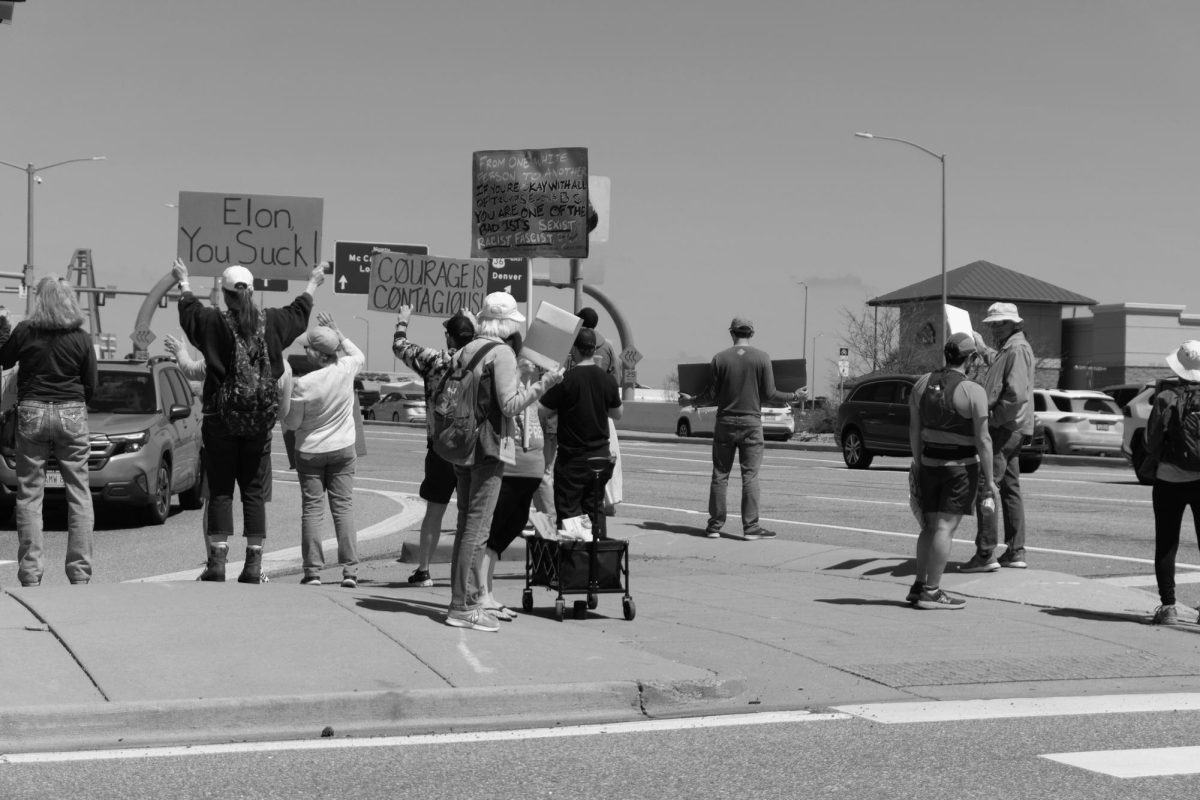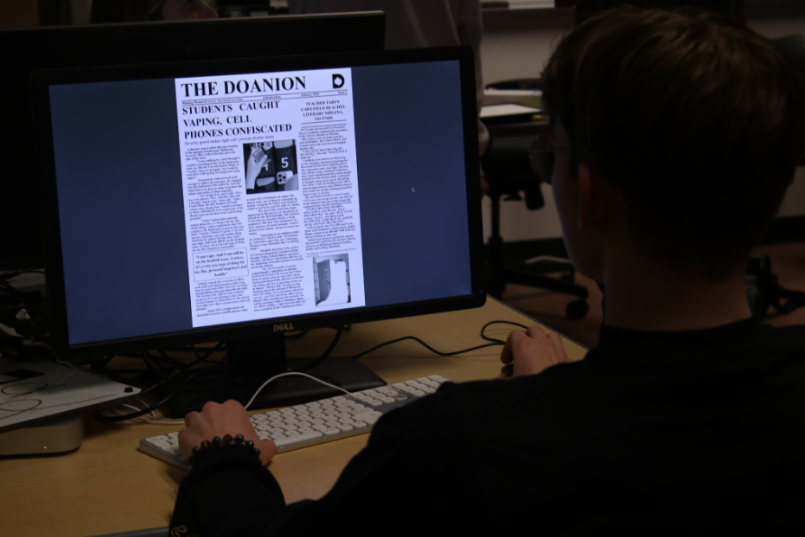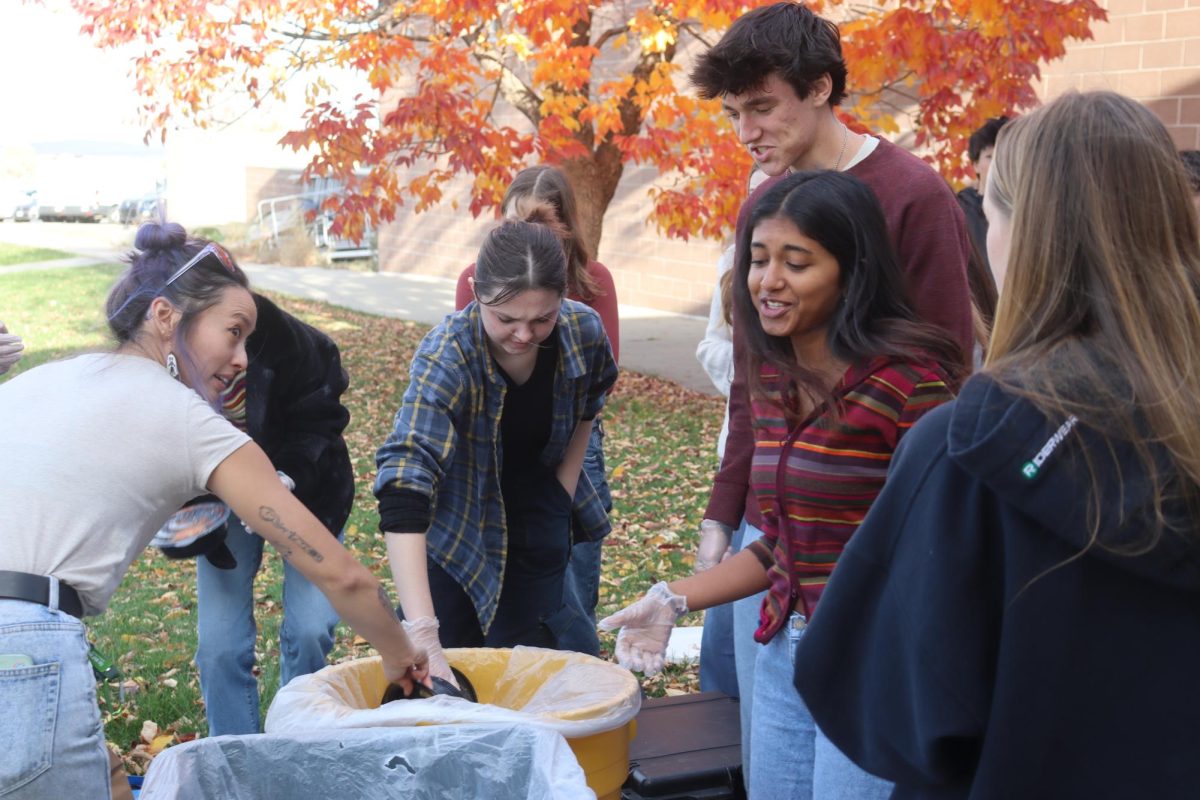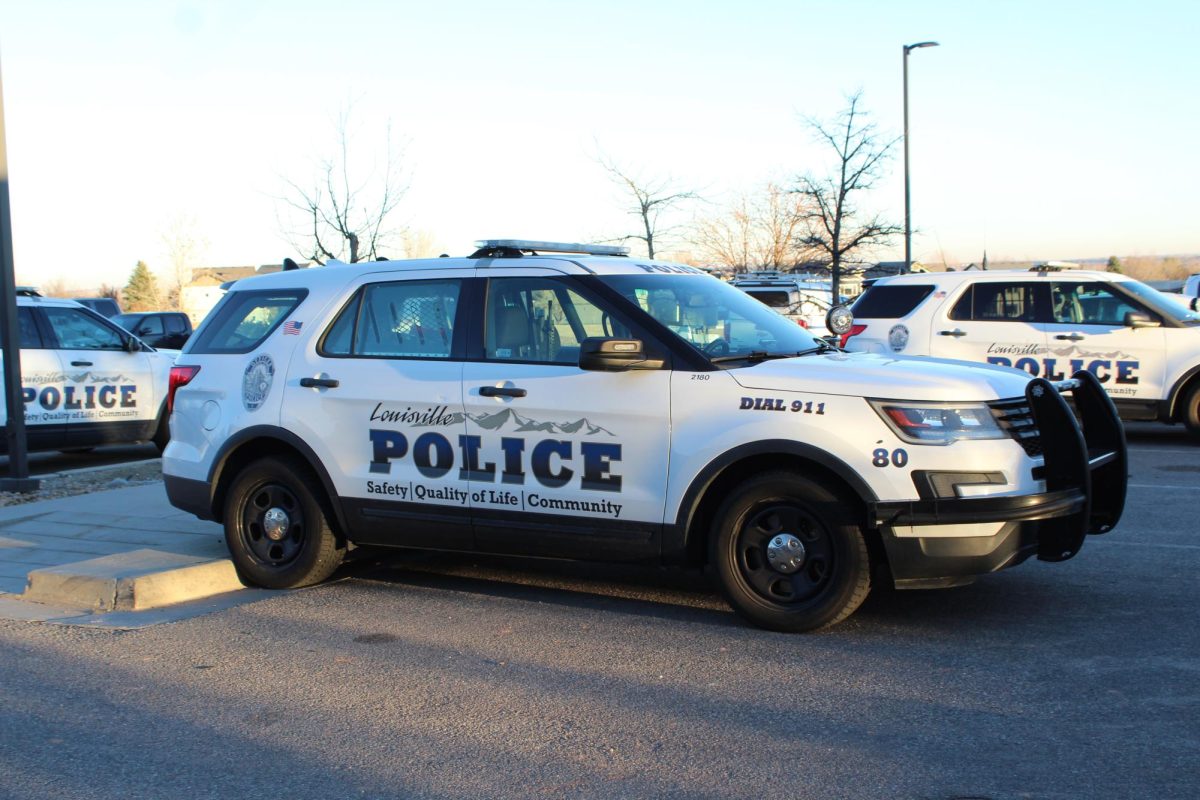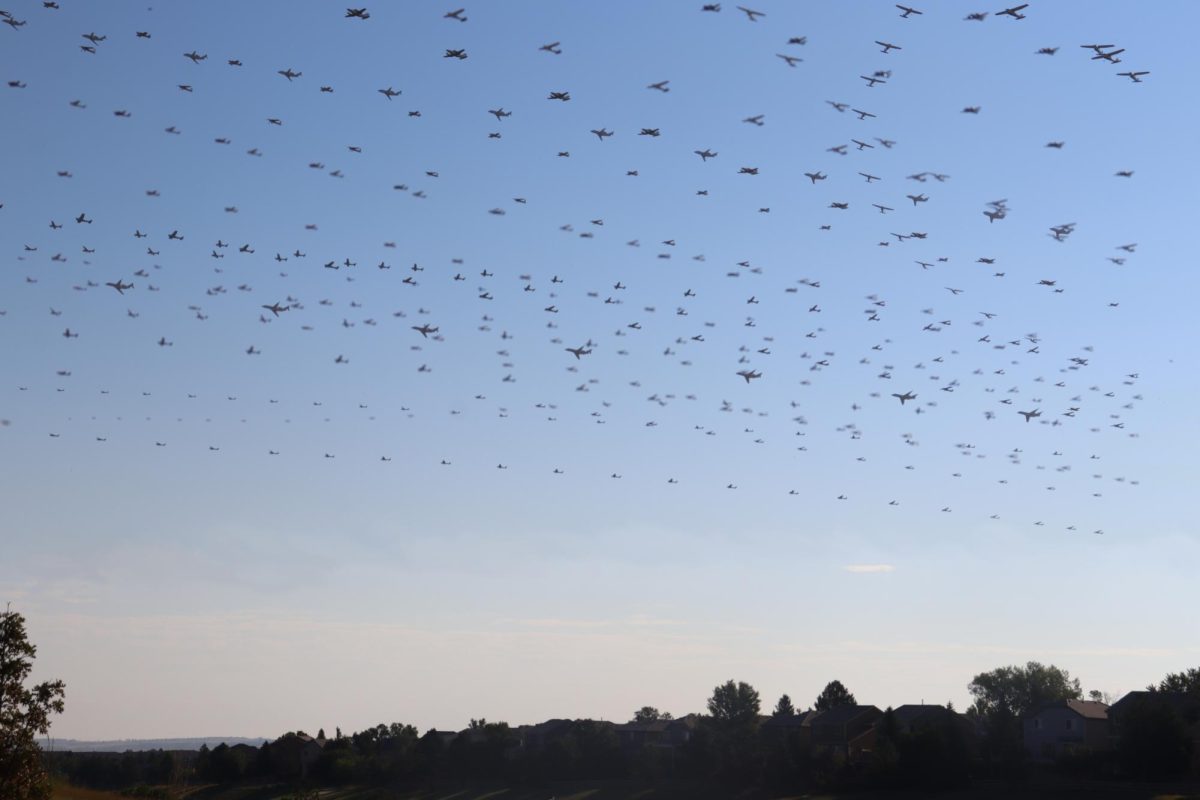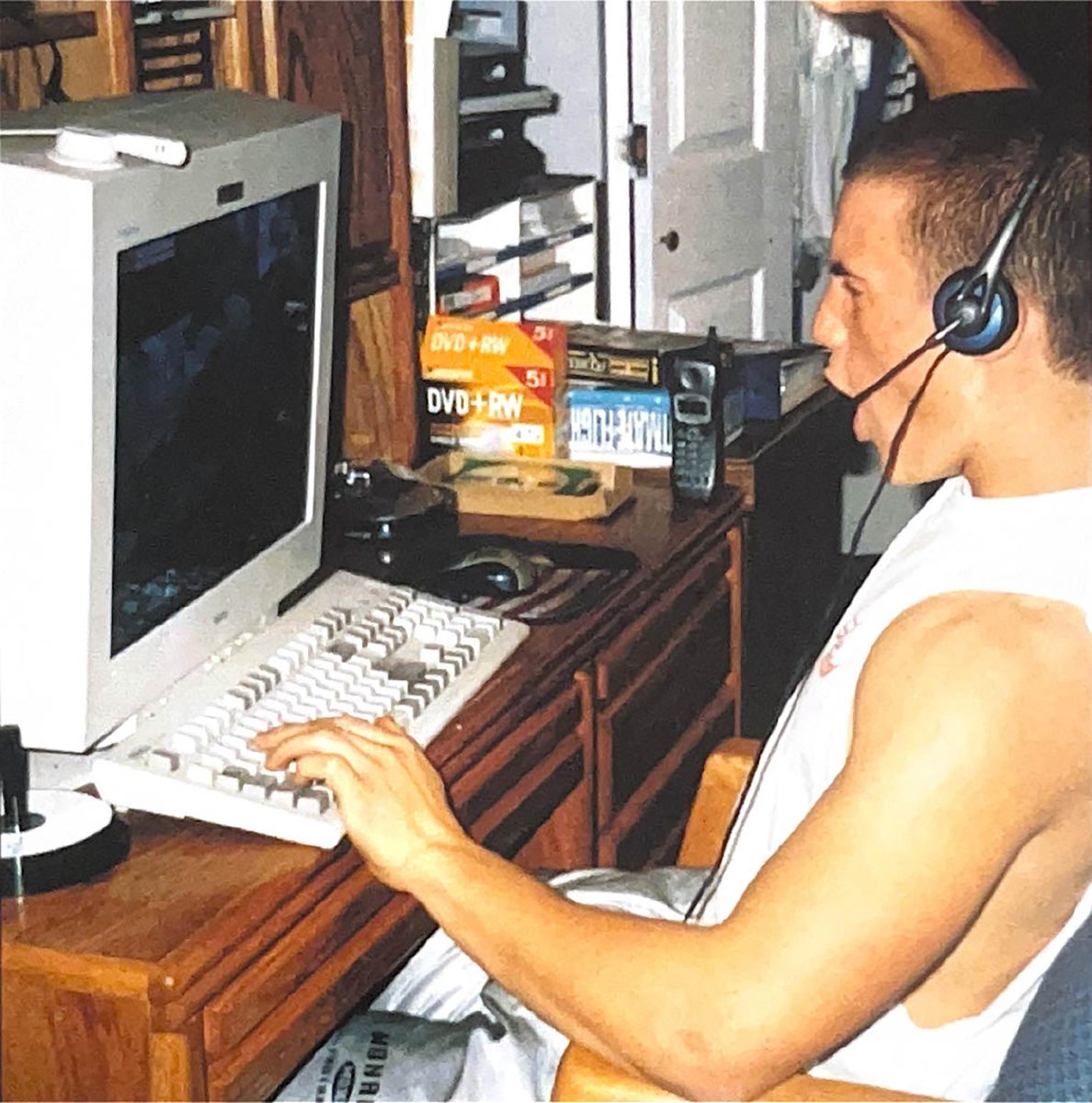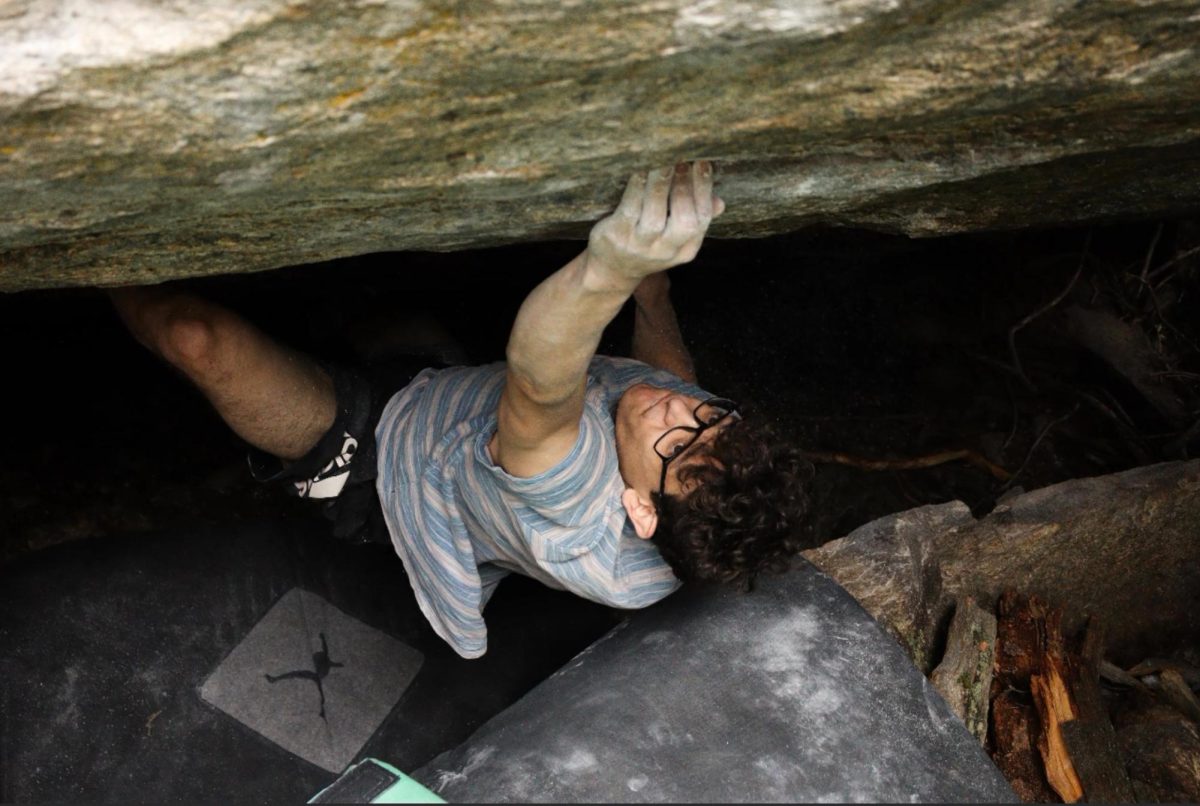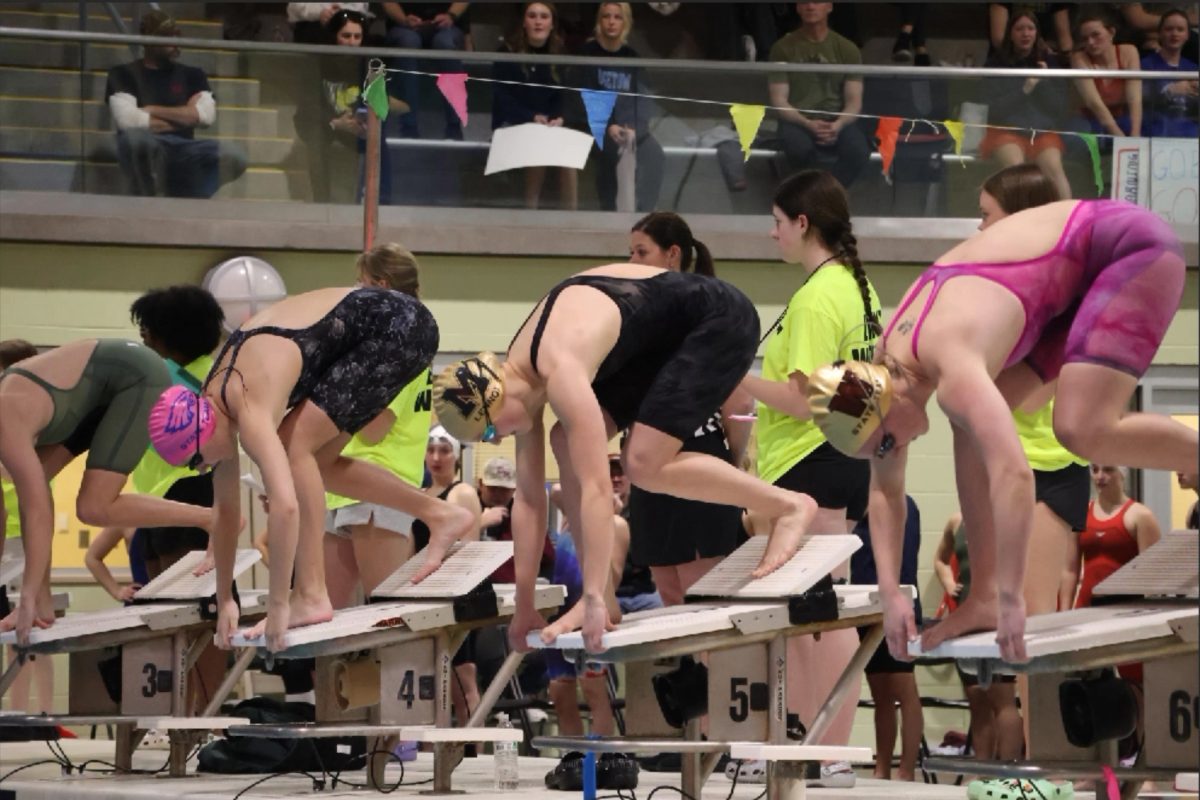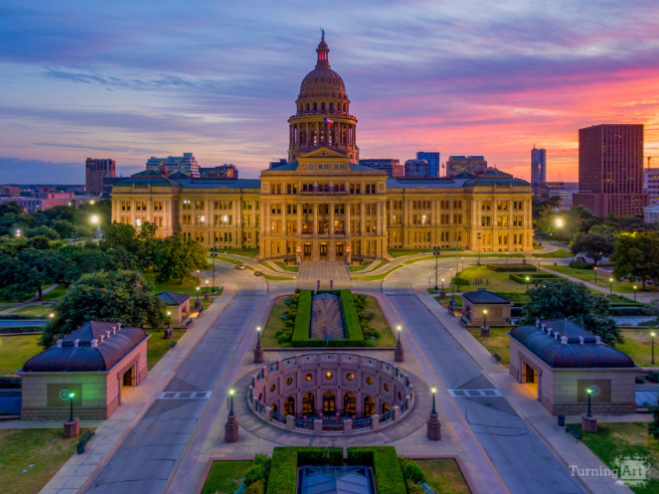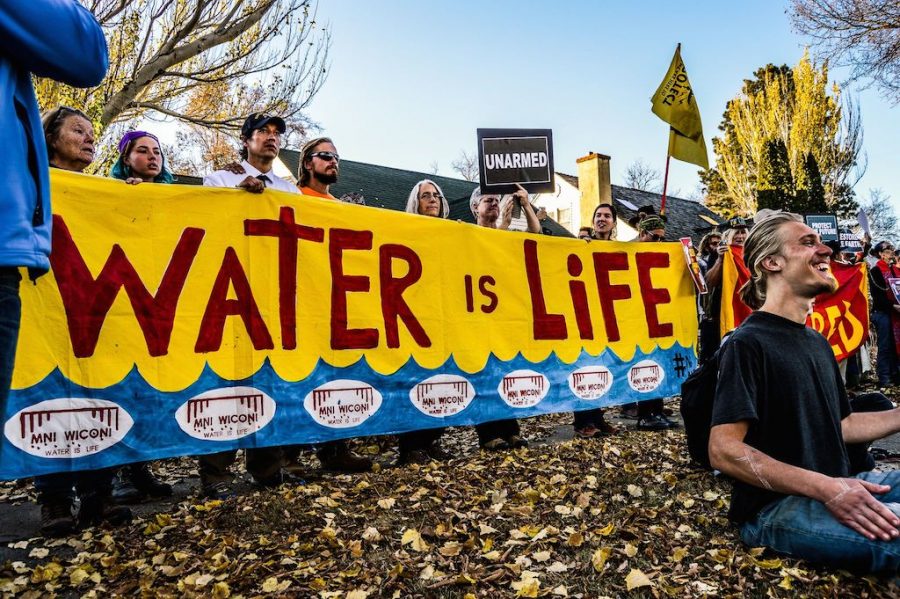Water is Life
The Fight at Standing Rock
More stories from Levi Wood
“Water is Life.” Water Protectors and Spiritual Leaders demonstrate outside the Governor’s Mansion in Bismarck, ND. Photo by Rob Wilson Photography
Peering past the the wispy white tear gas engulfing a mass of shadowy figures, native elders and water protectors, fighting for clean water stand, burning sage and beating drums that resonate the chest with determination. The crowd of people are facing officers positioned stagnantly behind a concrete barrier lined on both sides with razor wire. An officer is equipped with military grade protection and a rifle that is aimed directly at at a Native woman on her knees praying, while she is unarmed and harmless. Oneida people activist Steven Jeffery Chrisjohn begins to livestream the conflict, but the National Guard have no hesitation to spray him with a water hose in below 20 degree weather.
A woman yells at another officer holding a loaded rifle in hopes of attracting his sympathy, “You invaded our home. You’re on cultural land. I ain’t going nowhere.” As the negotiation begins to go nowhere, the woman is pepper sprayed when a young man behind her cries, “What are you doing?” The pleas are unheard as the officer points the loaded rifle at her and begins firing rubber bullets. She is unarmed. Another water protector, with his hands up, approaches the razor wire screaming, “Stop shooting. These are unarmed people. We don’t have helmets on. If you hit somebody in the head, they could die.” With the water protectors hands still in the air, pacing in circles, a police officer takes aim and fires at the unarmed man. He lets out a faint, muffled scream as he slowly stumbles to the freezing ground, unable to do anything but moan in pain while the entire encounter is documented on video.
“Mni Wiconi,” meaning “water is life” in the Lakota language, is a phrase that will forever resonate with the people of Standing Rock.
For the past year, water protectors have faced off with militarized police in an attempt to discontinue the construction of the Dakota Access Pipeline (DAPL). The pipeline is backed by the company Energy Transfer Partners, and spans 1,172 miles from North Dakota to Illinois, transporting Canadian Bakken shale oil across the United States. Morton County Police Department has called in reinforcements from multiple different states, including the National Guard to account for the amount of people that have come to support the movement. These officers are loaded from head to toe with full riot gear, rifles, rubber bullets, tear gas, armored vehicles, bulletproof vests and to add the cherry on top, they have 24 hour surveillance of the camps and signal jammers. On the opposite side of the concrete barriers and razor wire, the water protectors are and have been completely unarmed.
“We will not own the oil that is transported through the pipeline. We are like FedEx. We deliver the oil to the refineries for the producers,” said Vicki Granado, an Energy Transfer Partners spokesperson. DAPL is not making the U.S more energy independent, in fact, instead of “putting America first,” it is simply further entrenching the U.S into foreign interest. But the construction of the pipeline will at least provide the American people with thousands of jobs, right? Well, not quite.
As of today, the pipeline is 95% complete, and although it will have provided 12,000 jobs, this number is including the temporary construction positions involved with DAPL. So if the pipeline is finished, it will establish merely 40 permanent positions, including maintenance work.
John Bolenbaugh, a retired veteran who used to work for Enbridge, began to dedicate his entire life to uncover the truth behind the Kalamazoo River oil spill in 2010. In an interview featured in his home-made documentary titled “Big Oil Whistleblower John Bolenbaugh”, Bolenbaugh states, “They [Enbridge] actually profit off of oil spills, they want oil spills. For five years they knew there was a crack in it [Line 6B]. They shut it down to fix it then they lose 8 million dollars a day. So what they do is they just squeeze out that revenue for the next five years until it does spill, and then that insurance company hires them to clean up their own mess.” The insurance company ends up paying for lost revenue and resources needed to fix the pipeline. Although this is a practice of a specific oil company, according to the Pipeline and Hazardous Materials Safety Administration, spills are nothing new for the other 185,000 miles of pipelines that leak every single day. This includes the December 5, 2016 spill that took place near Belle Fourche, just 150 miles away from Standing Rock. According to North Dakota Department of Health spokeswoman Jennifer Skjod, it was estimated that over 176,000 gallons of oil was spilled from that pipeline alone.
Standing rock is a such a big deal because for the first time in a very long time, Native American tribes along with people all around the nation have come together to fight the construction of DAPL. I had the chance to travel up to Standing Rock to support the movement with my family during thanksgiving, and during that week I saw the incredible feat that is possible between people of all walks of life. There were women, children, people of all colors, working class citizens, democrats, republicans, former officers, and many more individuals all gathered with a just cause. For hundreds of years, the US government has trampled treaties between Native American tribes, and to this day their treaty rights are still being violated. Standing rock should not be a party issue for this very reason. No matter the political affiliation of a subject, respecting the land rights of Native Americans should be a given. If the pipeline is finished, from previous observation, will pose a serious threat to the Sioux community.

